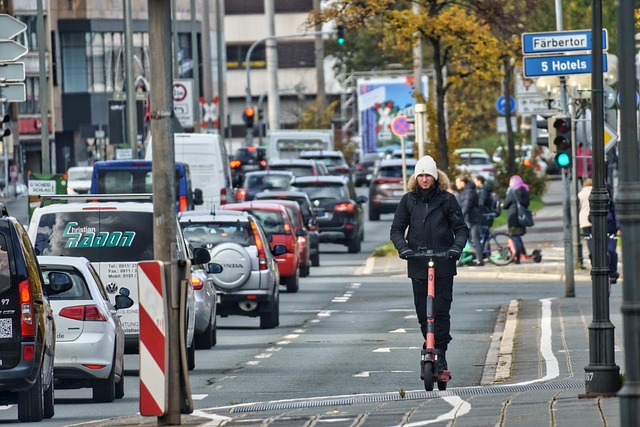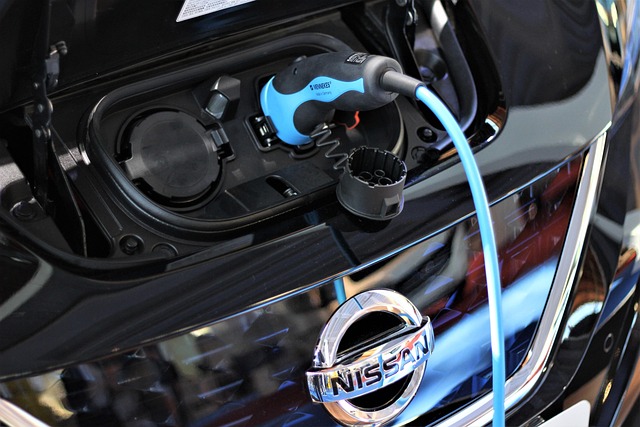Driving Sustainability: Clean Energy Projects Revolutionizing Rural Mobility
As the world shifts towards a more sustainable future, the intersection of clean energy projects and mobility has become a focal point in rural development. The urgency for environmentally friendly transport systems is increasingly recognized, especially in rural areas where traditional energy sources often fail to meet the needs of the community. Clean energy projects are stepping in to transform this narrative, enabling not only greener travel options but also fostering economic growth and improved quality of life.
Transport sustainability is crucial for rural communities, where limited access to reliable and clean transportation can hinder economic opportunities and connectivity. For many rural residents, the daily commute to work, school, or essential services can be fraught with challenges—expensive fuel costs, aging vehicles, and inadequate public transport. This makes the implementation of clean energy projects all the more vital, offering an innovative solution to these pressing issues.
Through the introduction of electric vehicles (EVs), solar-powered public transport, and biofuel initiatives, clean energy projects are not only reducing carbon emissions but also ensuring that even the most remote areas benefit from sustainable mobility. For instance, communities are now seeing electric bus services that are powered by local solar installations, drastically cutting running costs and providing reliable transport options for residents. Moreover, these projects stimulate local economies by creating jobs in maintenance, operation, and energy production.
Furthermore, as rural development continues to be a priority for many governments and organizations, the integration of clean energy into transportation systems can serve as a model for innovation. Clean energy projects pave the way for educational programs that empower local residents with skills related to green technology. This dual focus on education and practical application can lead to a more engaged and skilled workforce, better prepared for the challenges of a sustainable economy.
In addition, the environmental benefits of clean energy projects extend far beyond reduced emissions. By enhancing air quality and minimizing dependence on fossil fuels, these initiatives can contribute to overall public health improvements in rural areas. Clean air translates to fewer respiratory illnesses and a healthier population, further solidifying the case for sustainable transport solutions.
Rural communities can also see enhanced connectivity through clean energy projects. By implementing electric bike-sharing programs or solar-powered shuttles, residents can traverse their towns and cities more easily, accessing vital services that were previously out of reach. Such improvements foster a sense of community and inclusivity, as individuals can better participate in social and economic activities.
As we continue to explore the potential of clean energy projects in revolutionizing rural mobility, it is vital to remember the importance of community involvement. Engaging local residents in the planning and execution of these projects ensures that the solutions meet their specific needs and fosters a sense of ownership and pride. This grassroots involvement can lead to more effective and sustainable outcomes, with communities rallying together to support initiatives that directly benefit them.
In sum, clean energy projects hold transformative potential for rural mobility, bridging gaps in transport accessibility while promoting sustainability and fostering local economies. By prioritizing environmental responsibility alongside rural development, we can drive a future where clean, reliable transport is not just a luxury for urban areas but a staple for rural communities as well.



